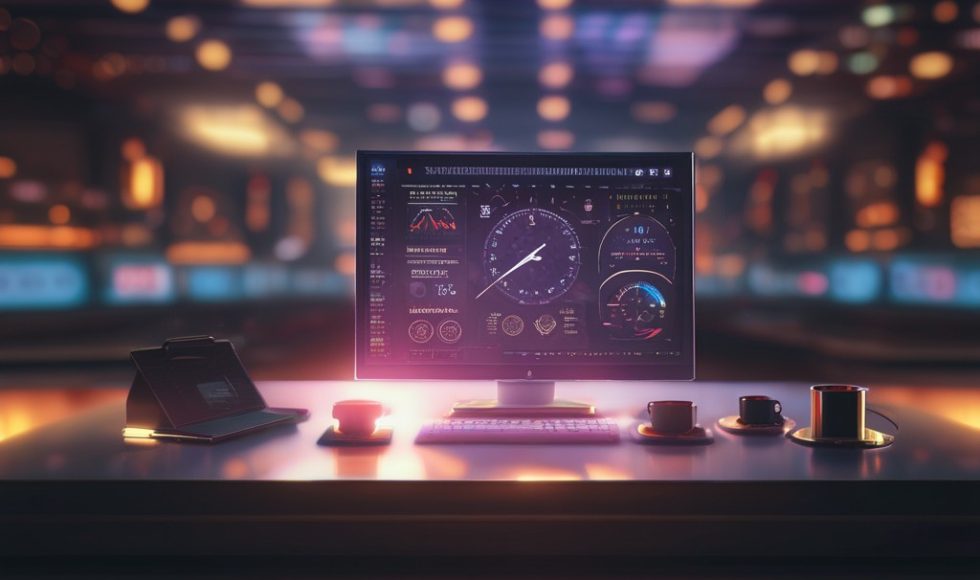Tonight, I watched the London Calling 2024 EPI2ME Product Demo. The session title is: “EPI2ME: democratising bioinformatics – from point-and-click analysis to custom integrations.” Sarah Griffiths, ONT Bioinformatics Workflow Developer, gave an overview of the EPI2ME workflows. The workflows use Nexflow and containers. At the time of recording, they had seventeen workflows. Griffiths noted that a recent update was demultiplexing samples based on sample sheet data. The desktop application is available for several operating systems. Griffiths noted that a new user interface will be released soon. The update will include a genome browser. There will also be Jupyter notebook tutorials and third-party specialist tools and databases. The 2ME file format will allow workflow sharing offline. Andre Holzer from Holzer Scientific Consultancy was the guest speaker. Holzer spoke about the challenges of real-time analysis. The RT-metagenomics 16S rRNA sub workflow integrates into EPI2ME. This workflow was the result of a nanopore hackathon. Holzer did a live demo. They installed the RT-metagenomics pipeline. The user then selects the input FASTQ folder and a pre-downloaded database and taxonomy files. Holzer and the team created a custom dashboard that displays the results as they are processed. The report includes alpha and beta diversity, potential pathogens, wastewater indicators… and comparative analyses. Holzer noted that they will include WGS metagenomics workflows. Holzer said that the NanopoReaTA is a similar workflow for real-time RNA sequencing, which I want to search for and learn about. I think that in the coming year, we may be able to create custom workflows.



